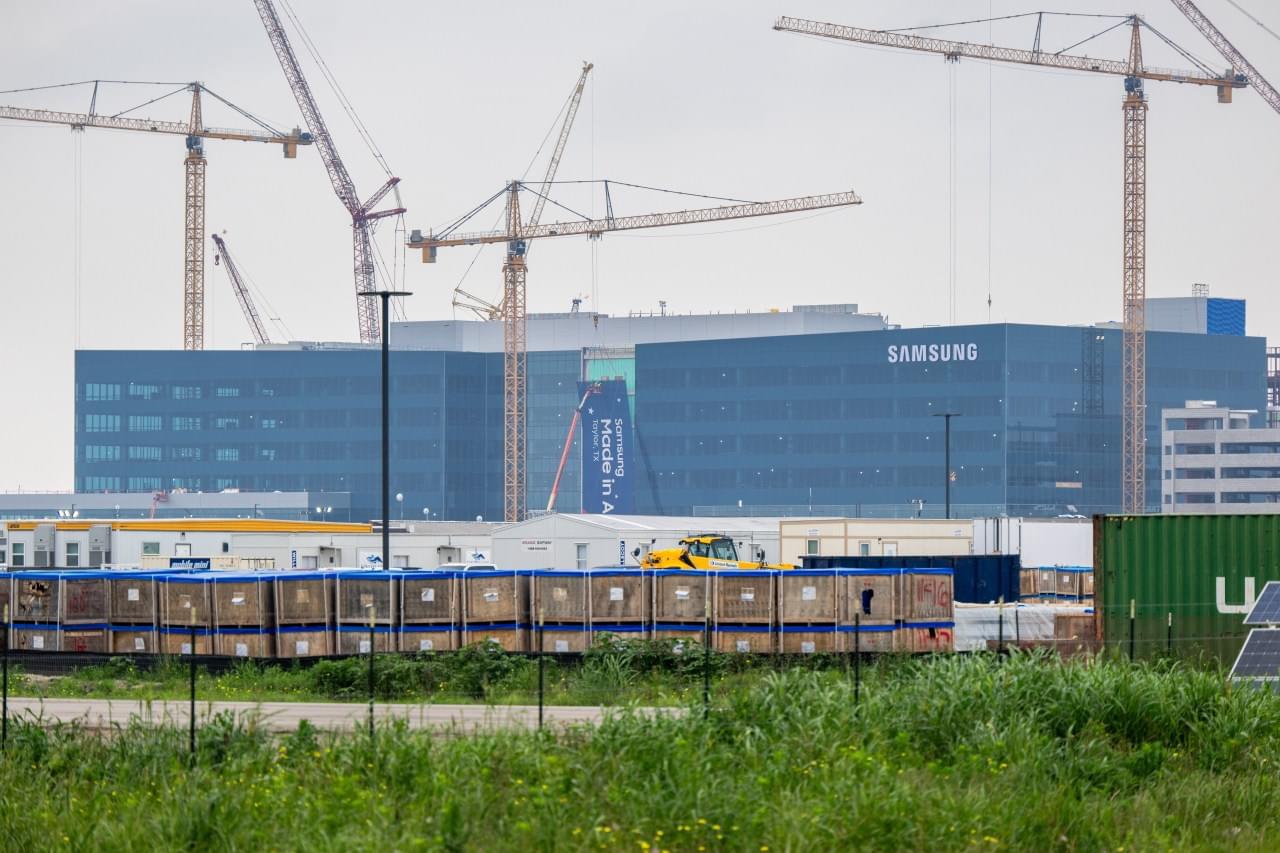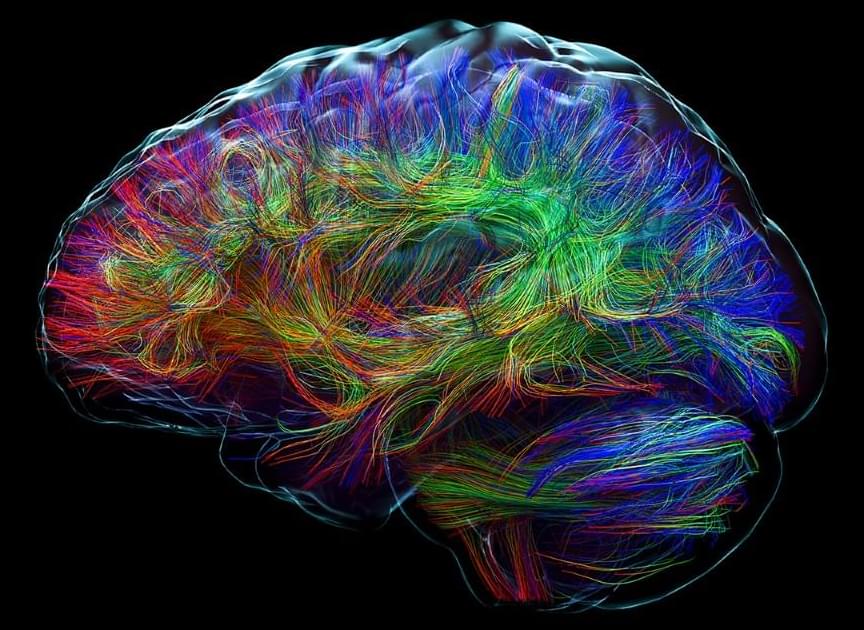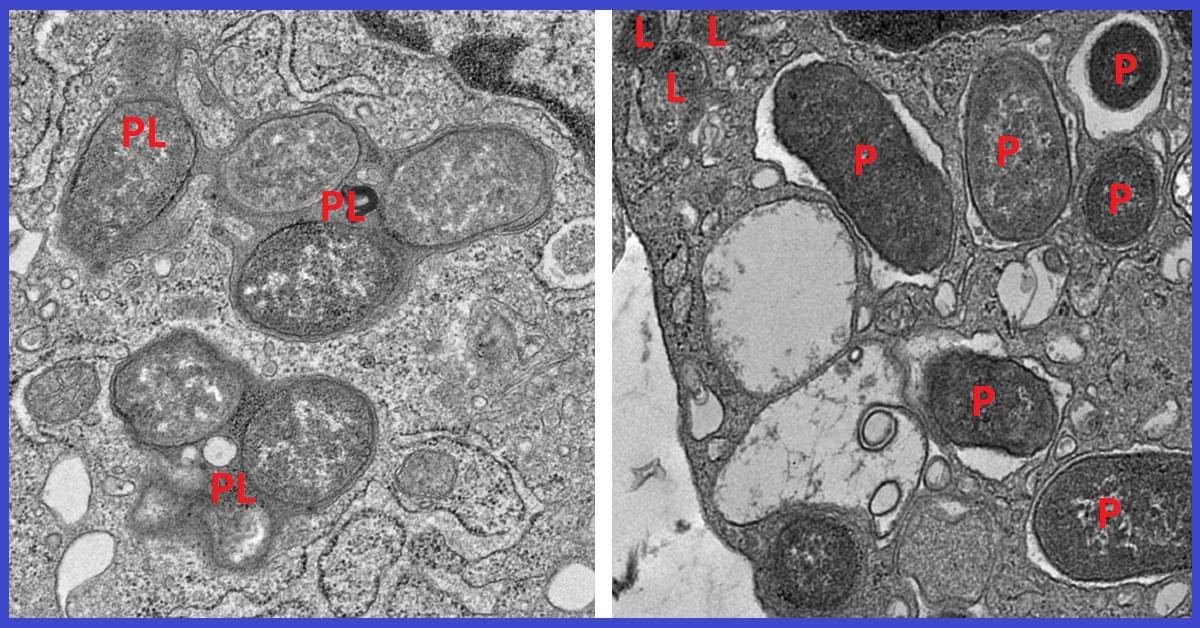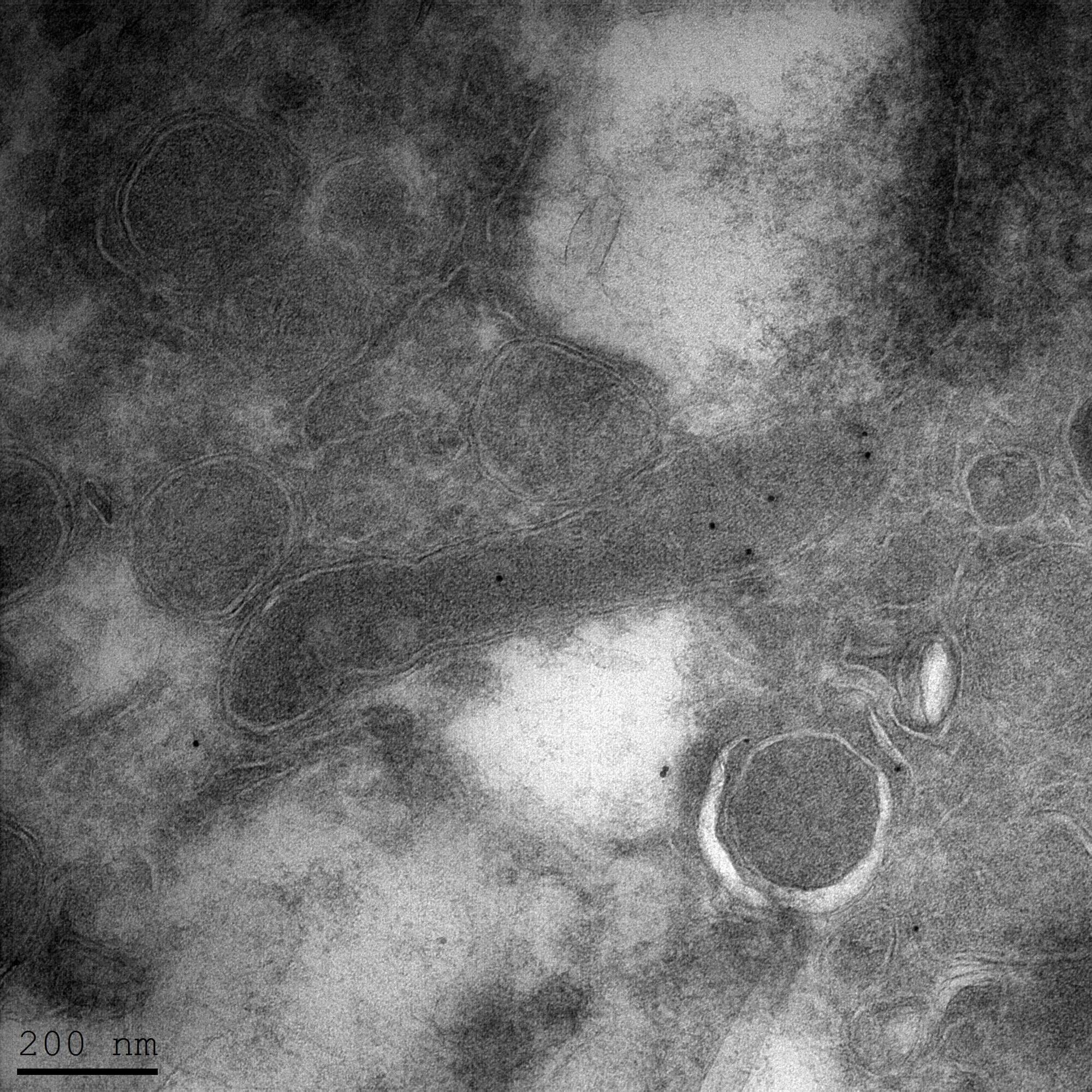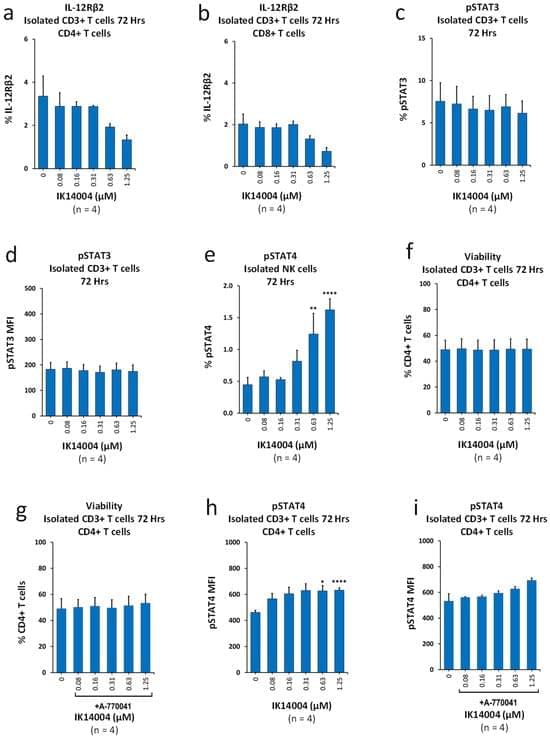TAYLOR, Texas (ABJ) — A Dallas-based developer is proposing to turn a 220-acre parcel directly northeast of Samsung Electronics Co. Ltd.’s rising factory in Taylor into a data center campus.
KDC will be considered by the Taylor Planning and Zoning Commission on Nov. 12 for an employment center plan for the site at 1,051 County Road 401 for what it’s calling “Project Comal.” Details are minimal, but it would have primary data center uses along with a small lot of space for commercial, civic and other uses, according to city documents.
KDC representatives declined to comment.
